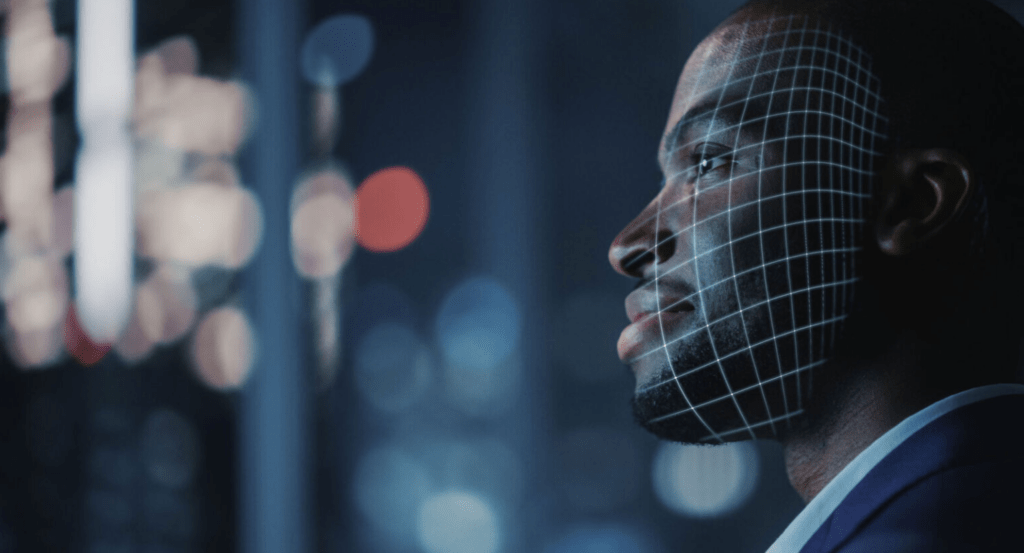How Does Facial Recognition Work in Identity Verification?
Facial recognition technology has become increasingly popular in recent years, with its use in various industries such as security, marketing, and even social media. One of the most significant applications of facial recognition technology is in identity verification. But how does it work, and what are the pros and cons of using this technology for identity verification? In this blog, we will explore the ins and outs of facial recognition technology and its role in identity verification.
- What is Facial Recognition Technology?
- How Does Facial Recognition Work?
- Pros and Cons of Facial Recognition Technology for Identity Verification
- The Role of Facial Recognition Technology in Identity Verification
- The Future of Facial Recognition Technology in Identity Verification
- Keesing AuthentiScan + Face Verification
What is Facial Recognition Technology?
Facial recognition technology is a biometric technology that uses facial features to identify individuals. It works by analyzing and measuring various facial features, such as the distance between the eyes, the shape of the jawline, and the size of the nose. These measurements are then compared to determine if the face from two images was captured from the same person.
How Does Facial Recognition Work?
Facial recognition technology uses a three-step process to identify individuals:
1. Detection:
The first step is to detect a face in an image or video. This is done by using algorithms that can identify facial features and distinguish them from the background.
2. Alignment:
Once a face is detected, the technology will align the face to a standard position. This is important because it ensures that the facial features are measured accurately.
3. Recognition:
The final step is to compare the facial features to the picture on a document to see if they are the same person. This is done by using algorithms that can match the measurements to a specific individual.
Pros and Cons of Facial Recognition Technology for Identity Verification
Facial recognition technology has its advantages and disadvantages when it comes to identity verification. Let’s take a closer look at the pros and cons.
Pros of Facial Recognition Technology for Identity Verification
1. Convenience:
Facial recognition technology offers a convenient and efficient way to verify an individual’s identity. It eliminates the need for physical documents or passwords, making the process faster and more convenient for both the user and the organization.
2. Accuracy:
Facial recognition technology has come a long way in terms of accuracy. According to a study by the National Institute of Standards and Technology (NIST), the top facial recognition algorithms have an accuracy rate of over 99%.
3. Security:
Facial recognition technology adds an extra layer of security to identity verification. It is much harder to fake or manipulate facial features compared to other forms of identification, such as IDs or passwords.
4. Cost-effective:
With the rise of smartphones and other devices with built-in cameras, facial recognition technology has become more accessible and cost-effective. This makes it a viable option for organizations of all sizes.
Cons of Facial Recognition Technology for Identity Verification
1. Privacy Concerns:
One of the biggest concerns surrounding facial recognition technology is privacy. As the technology becomes more widespread, there are concerns about how the data collected is being used and who has access to it.
2. Bias and Inaccuracy:
Facial recognition technology has been criticized for being biased and inaccurate, especially when identifying individuals of different races and genders. This can lead to false identification and discrimination.
3. Lack of Regulation:
Currently, there is no federal law signed in the United States to regulate the use of facial recognition technology, despite the introduction of one in October, as an example (GovTrack.us., 2024). This lack of regulation can lead to misuse and abuse of the technology.
4. Data Breaches:
As with any technology that collects and stores personal data, there is a risk of data breaches. If a database of facial recognition data is compromised, it can have severe consequences for individuals and organizations.
The Role of Facial Recognition Technology in Identity Verification
Facial recognition technology has several use cases in identity verification. The most common applications are:
Border Control and Travel
Facial recognition technology is being used at airports and other border control checkpoints to verify the identity of travelers. This technology can quickly and accurately match a person’s face to their passport or other travel documents, making the process more efficient and secure.
With the rise of smartphones and other devices with built-in cameras, facial recognition technology has become more accessible and cost-effective. This makes it a viable option for organizations of all sizes.
Banking and Financial Services
Facial recognition technology is also being used in the banking and financial services industry for identity verification. This technology can help prevent fraud and identity theft by verifying the identity of customers before allowing them to access their accounts or make transactions.
Online Identity Verification
With the rise of online transactions and remote work, facial recognition technology is becoming increasingly important for online identity verification. This technology can help verify the identity of individuals during online transactions, such as opening a bank account or signing a contract.
The Future of Facial Recognition Technology in Identity Verification
As technology continues to advance, facial recognition technology is expected to play an even more significant role in identity verification. Here are some potential developments to look out for in the future:
1. Improved Accuracy:
With advancements in artificial intelligence and machine learning, facial recognition technology is expected to become even more accurate, reducing the risk of false identifications.
2. Wider Adoption:
As the technology becomes more accessible and cost-effective, we can expect to see a wider adoption of facial recognition technology for identity verification in various industries.
3. Regulation:
With the growing concerns surrounding privacy and bias, we can expect to see more regulations put in place to govern the use of facial recognition technology.
It is evident that facial recognition technology has become an important tool in identity verification, offering convenience, accuracy, and security. However, it also comes with its fair share of concerns, such as privacy and bias. As technology continues to advance, it is crucial to strike a balance between the benefits and risks of using facial recognition technology for identity verification.
Keesing AuthentiScan + Face verification
Keesing AuthentiScan is a document verification solution that uses facial recognition technology as part of its identity verification process. It is designed to verify the authenticity of identity documents, such as passports and driver’s licenses, by comparing the document holder’s face to the photo on the document.
The facial recognition technology used in Keesing AuthentiScan works by analyzing and measuring various facial features, such as the distance between the eyes, the shape of the jawline, and the size of the nose. These measurements are then compared to the photo on the identity document to determine if there is a match.
It is important to note that the face verification technology in combination with AuthentiScan, is constantly being improved to overcome inaccuracies when it comes to identifying races and genders. We are aware of the concerns regarding bias and discrimination and are continuously working towards minimizing these issues. We strive to ensure that the technology is fair and accurate for all individuals, regardless of their race or gender, reducing the risk of false identifications and discrimination.
By incorporating this technology into the identity verification process, Keesing AuthentiScan aims to enhance the security and accuracy of document verification. It provides an additional layer of authentication by verifying that the person presenting the document is the rightful owner.
Are you interested in a demo? Click on the button below and our team will be in contact soon.
Sources:
Mobai face verification: https://www.mobai.bio/

